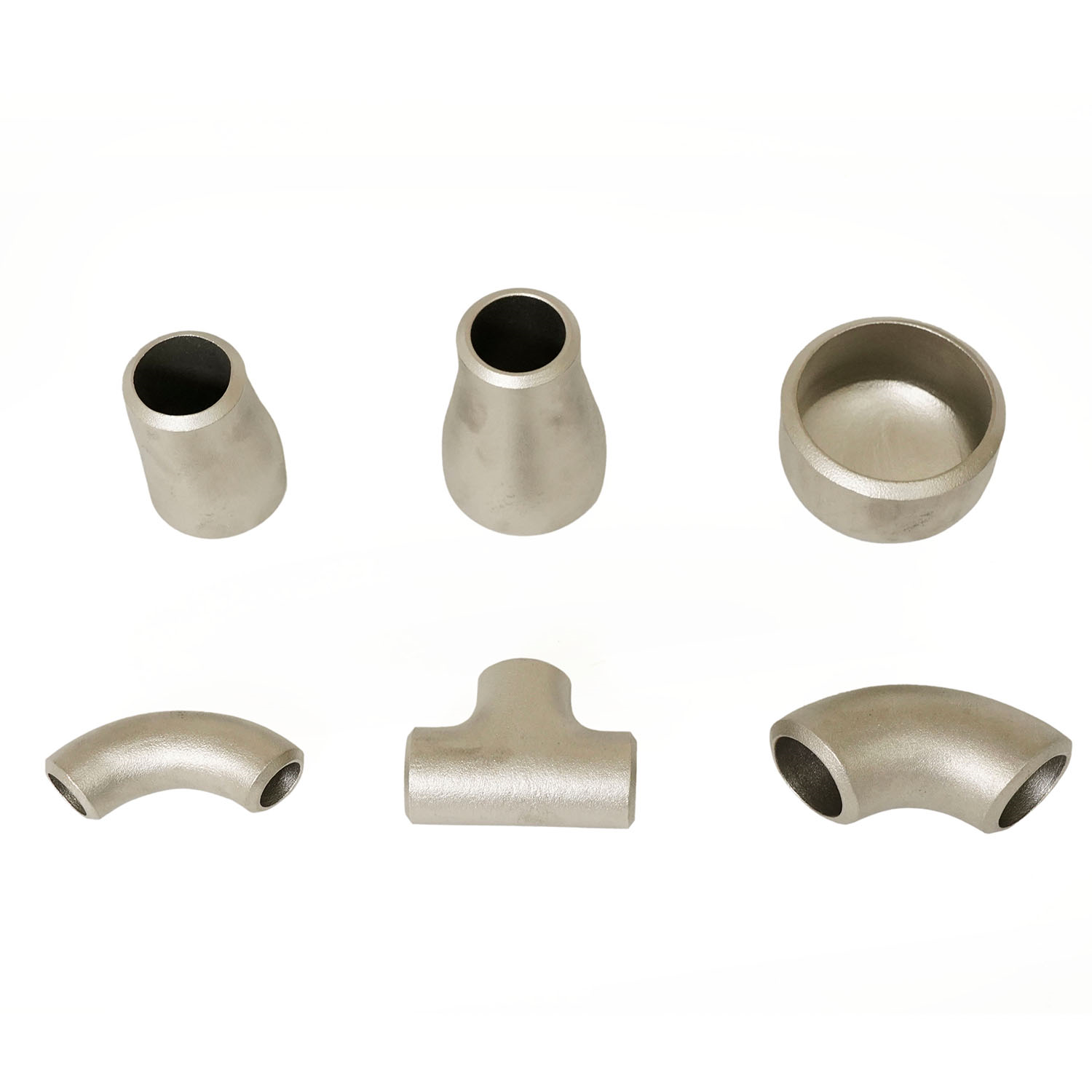Iron oxides (Fe3O4, Fe2O3, FeO, etc.) such as scale and rust react chemically with the acid solution to form salts that are dissolved in the acid solution and removed.
Commonly used acids
Acids used for pickling include sulfuric acid, hydrochloric acid, phosphoric acid, nitric acid, chromic acid, hydrofluoric acid and mixed acids. The most commonly used are sulfuric acid and hydrochloric acid.
The pickling processes mainly include immersion pickling, spray pickling and acid paste rust removal. Generally, the dipping and pickling method is used, and the spraying method can be used in mass production.
The industrial concentrated sulfuric acid sold on the market usually contains H2SO475%~97% (mass fraction). You can also use brown industrial sulfuric acid solution, which contains H2SO475%~78% (mass fraction).
Precautions
Steel parts are generally pickled in 10% to 20% (volume) sulfuric acid solution at a temperature of 40°C. When the iron content in the solution exceeds 80g/L and the ferrous sulfate exceeds 215g/L, the pickling solution should be replaced. At normal temperature, steel is pickled with 20% to 80% (volume) hydrochloric acid solution to prevent excessive corrosion and hydrogen embrittlement. Since acids are very corrosive to metals, corrosion inhibitors need to be added. After cleaning, the metal surface turns silvery white, and the surface is passivated to improve the corrosion resistance of stainless steel. The process of using a sulfuric acid aqueous solution with a concentration of 5% to 20% to remove oxide scale and adhering salts on the surface of the workpiece is called sulfuric acid pickling.
In order to eliminate surface adsorption of diatomite carrier and reduce chromatographic peak tailing, the carrier needs to be acid washed or alkali washed before use. Pickling is to soak the carrier with 6mol/L hydrochloric acid for 2 hours or heat and soak with concentrated hydrochloric acid for 30 minutes, filter, wash with water until neutral, and dry. Pickling can remove impurities such as iron, aluminum, calcium, and magnesium on the surface, but it cannot remove silanol groups. Acid-washed carriers are suitable for analyzing acidic samples.
Author: Maria Yang
Post time: Mar-15-2024

